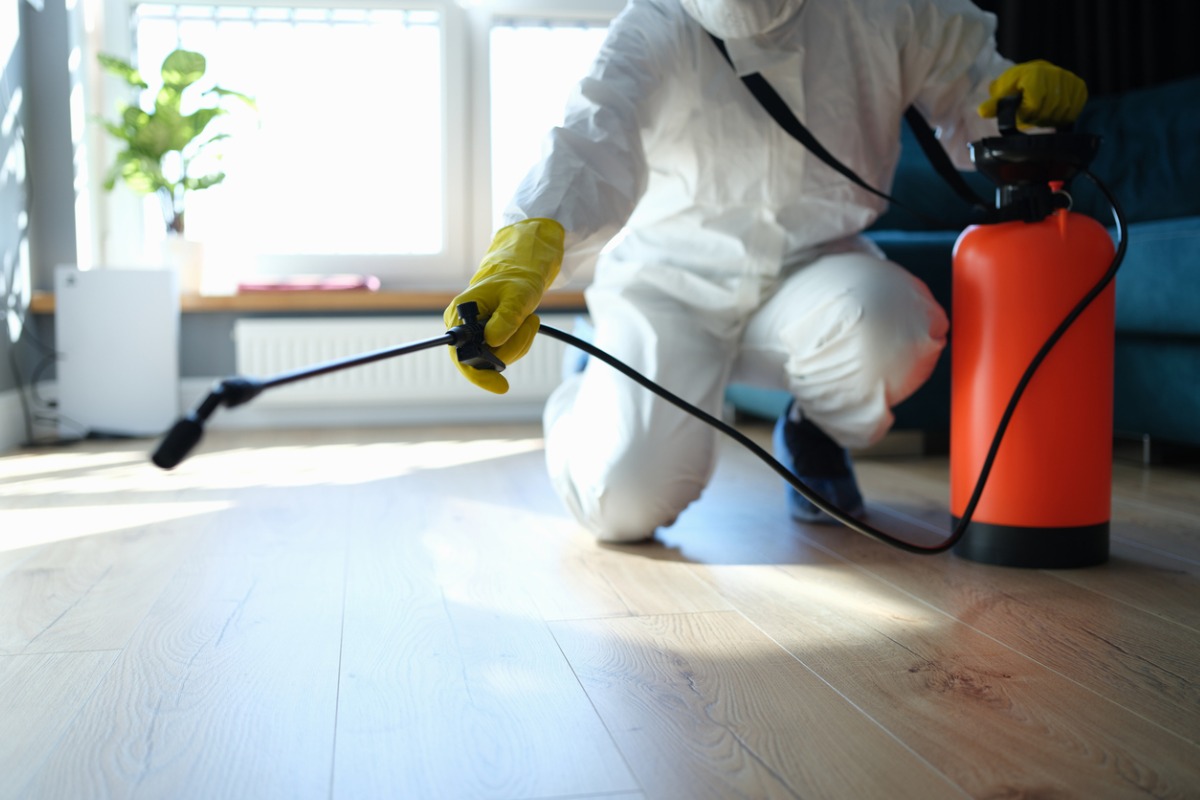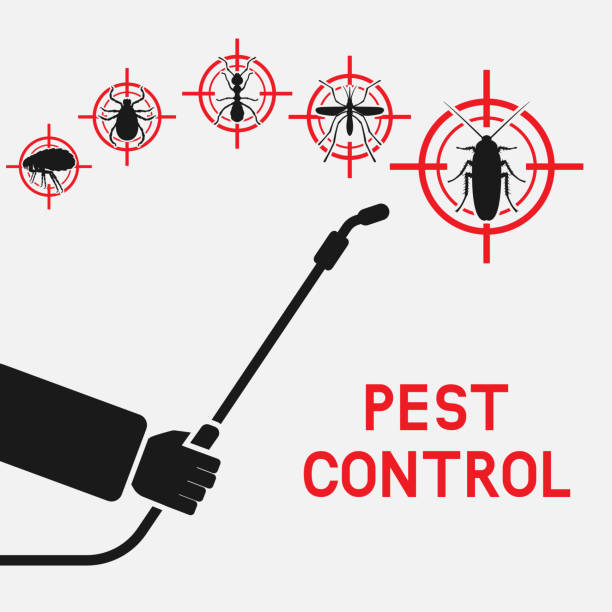Guaranteed Satisfaction with Expert Services from Pest Control Lockhart
Guaranteed Satisfaction with Expert Services from Pest Control Lockhart
Blog Article
Exploring Invasion and Treatment Approaches worldwide of Pest Control
The landscape of insect control incorporates a myriad of challenges, especially as invasions of common family bugs proceed to develop. Comprehending the behaviors and reproductive patterns of these annoyances is essential for establishing effective therapy strategies. By integrating safety nets with sophisticated monitoring techniques, such as Integrated Bug Administration (IPM), property owners can much better secure their environments. The efficiency of these techniques may vary substantially based on specific scenarios. What underlying factors contribute to the success or failure of these techniques in various settings?

Typical Family Vermin
When it pertains to handling our living rooms, recognizing typical home insects is essential. These bugs not just interrupt our comfort but can likewise present health dangers and damage residential property. One of the most prevalent household parasites include ants, roaches, rats, termites, and bed bugs.
Ants, often seen foraging in cooking areas, can contaminate food and establish large nests. Rodents, consisting of computer mice and rats, can cause architectural damage and bring illness like hantavirus and salmonella.
Recognizing the indicators of these bugs, such as droppings, nests, or attack marks, is essential for early treatment (Pest Control Lockhart). Correct hygiene practices, sealing entrance factors, and keeping a clutter-free atmosphere work preventative steps. By identifying these typical house bugs and understanding their actions, house owners can take proactive steps to minimize infestations, making sure a much healthier living setting
Recognizing Insect Infestations
Pest problems can escalate promptly, turning a small inconvenience right into a significant problem if not addressed promptly. Usual variables adding to problems include poor hygiene, architectural susceptabilities, and seasonal adjustments that drive insects inside your home.
Identifying the type of parasite is vital, as different varieties display different habits and reproductive rates. Rats might establish nests in surprise areas while pests like cockroaches grow in damp atmospheres. Early discovery usually rests on acknowledging signs such as droppings, nibble marks, or unusual noises, which can indicate a problem before it ends up being serious.
Environmental problems likewise play a vital duty in parasite proliferation. Warm, humid environments can facilitate the rapid growth of bug populaces, while changes in landscaping or construction can accidentally develop conducive atmospheres. For that reason, regular assessments and preventative actions are extremely important to minimizing the threat of invasions. An enlightened strategy to understanding these characteristics prepares for effective parasite administration techniques in the future.
Treatment Approaches and Techniques
Efficient treatment approaches and techniques are necessary for mitigating pest invasions and restoring a secure setting. A multifaceted method is often best, incorporating chemical, organic, and mechanical techniques tailored to the specific bug and the severity my explanation of the problem.
Chemical treatments include making use of pesticides and herbicides, which can properly get rid of pests. Nevertheless, appropriate application and adherence to safety guidelines are essential to minimize dangers to humans and non-target microorganisms. Integrated Insect Administration (IPM) encourages the cautious usage of chemicals as a last resort, relying rather on surveillance and threshold levels to establish treatment needs.
Biological control methods include introducing all-natural predators or parasites to minimize pest populaces. This strategy is increasingly prominent, especially in agricultural settings, as it advertises environmental sustainability.
Mechanical methods, such as traps and obstacles, provide instant remedy for insects without introducing chemicals. Choices consist of sticky traps for pests or physical barriers for rodents.
Eventually, the option of therapy approach must take into consideration the specific pest, the environment, and possible effects on human wellness and communities. A balanced mix of these techniques can properly handle problems while advertising long-term bug control solutions.
Safety Nets for Homes
Proactively dealing with parasite issues prior to they rise is important for keeping a healthy and balanced home atmosphere (Pest Control Lockhart). Applying efficient safety nets can considerably decrease the likelihood of infestations, ultimately protecting both your home and well-being

Proper landscaping additionally plays an important duty in prevention. Maintaining bushes and trees cut away from your home reduces the possibilities of insects discovering their means indoors. Make sure that water drainage systems are operating efficiently to prevent standing water, which can attract in mosquitoes and over at this website various other insects.
Lastly, regular assessments are recommended. Routinely looking for indicators of parasite task enables very early intervention. By embracing these safety nets, house owners can create a setting that is less friendly to pests, therefore boosting their overall lifestyle and decreasing the requirement for substantial insect control treatments.
Industrial Bug Control Methods
A thorough method to industrial bug control is essential for companies aiming to preserve a secure and sanitary atmosphere. Reliable strategies include a mix of regular examinations, employee training, and the application of Integrated Bug Monitoring (IPM) techniques.
Normal evaluations allow very early discovery of parasite activity, permitting prompt intervention. Organizations should establish a regular schedule for these analyses, concentrating on high-risk locations such as you can look here kitchen areas, storeroom, and waste disposal sites. Worker training is similarly essential; team ought to be enlightened on the indications of pest invasions and the value of reporting them quickly.
Applying IPM techniques assists reduce pest problems sustainably. This consists of habitat adjustment, such as securing access points and decreasing mess, along with using natural deterrents before resorting to chemical therapies.

Furthermore, teaming up with a qualified parasite control provider makes certain access to expert knowledge and sophisticated therapy options. This partnership can lead to tailored pest control prepares tailored to the details requirements of the business, minimizing risks and enhancing overall efficacy. Inevitably, a positive and informed method fosters a pest-free atmosphere, protecting both public health and wellness and service credibility.
Conclusion
In final thought, efficient insect control demands a thorough understanding of usual house pests and their behaviors, combined with targeted therapy methods. Executing preventative measures alongside therapy approaches such as Integrated Insect Monitoring and organic control improves the capability to mitigate infestations.
Report this page